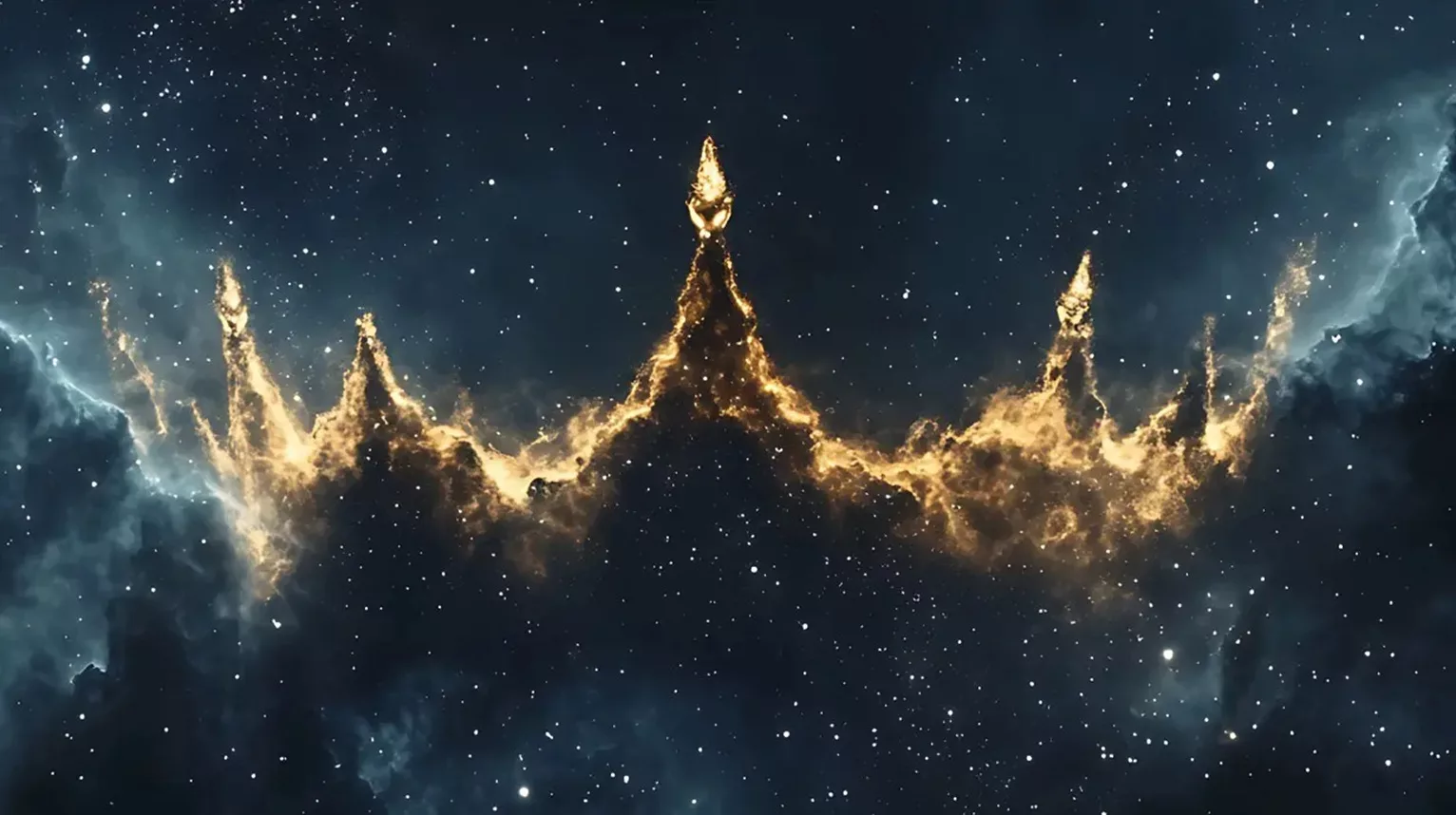For years, astrochemists have been on a cosmic scavenger hunt for sulfur, a life-essential element. They expected to find it sprinkled generously across the universe, primarily in chilly clouds of gas and dust where stars are born. But surprise! There’s way less sulfur out there than their models predicted.
This mystery, known as the sulfur depletion problem, has puzzled researchers for decades. It’s like planning a feast and realizing the main ingredient is missing. Where did all the sulfur go?
An international team of researchers, including Ryan Fortenberry, an astrochemist at the University of Mississippi, Ralf Kaiser, professor of chemistry at the University of Hawaii at Mānoa, and Samer Gozem, computational chemist at Georgia State University, could point to where it has been hiding. A better understanding of sulfur’s chemistry and the technological commercialization that can result requires a foundation in fundamental knowledge.
In dense molecular clouds, scientists expected to find lots of sulfur floating around as gas. But what they found was a thousand times less than predicted. That’s a huge gap! So where’s it hiding?
Astronomers solve Sulfur mystery with Ammonium Hydrosulfide salt
The answer might be frozen in plain sight: interstellar ice. In these icy regions, sulfur can shape-shift into two sneaky forms: Octasulfur crowns, in which eight sulfur atoms are linked in a ring, like a tiny golden crown, and Polysulfanes, where chains of sulfur atoms are held together with hydrogen, like molecular spaghetti.
These forms stick to icy dust grains, locking sulfur away in solid form, making it invisible to telescopes that look for gas.
As Fortenberry explains, “telescopes like the James Webb can easily spot elements like oxygen and carbon by their light signatures. But when you do that for sulfur, it’s out of whack, and we don’t know why there isn’t enough molecular sulfur.”
“What this work is showing is that the most common forms of sulfur that we already know about are probably where the sulfur is hiding.”
This new research suggests that sulfur-rich molecules could be hiding in the icy corners of space, waiting to be discovered. In lab simulations mimicking interstellar conditions, they showed how sulfur could bond into polysulfanes and other shapes on frozen dust grains. These molecules might be common in space ice, and when that ice warms up in star-forming regions, the sulfur escapes into gas, ready to be spotted by radio telescopes.
So instead of looking for sulfur in its usual forms, astronomers now have a new set of clues: search for the shapes sulfur prefers when it’s frozen.
But here’s the twist: sulfur is a shapeshifter. It doesn’t settle down. It morphs from rings to chains to other wild forms, like a molecular chameleon. Or as Fortenberry puts it, “It’s kind of like a virus – as it moves, it changes.”
Their work doesn’t just solve a puzzle; it opens up a whole new way of thinking. By identifying stable sulfur shapes, they’ve given astronomers targets to hunt for in the vast interstellar medium.
Journal Reference:
- Herath, A., McAnally, M., Turner, A.M., et al. Missing interstellar sulfur in inventories of polysulfanes and molecular octasulfur crowns. Nat Commun 16, 5571 (2025). DOI: 10.1038/s41467-025-61259-2
